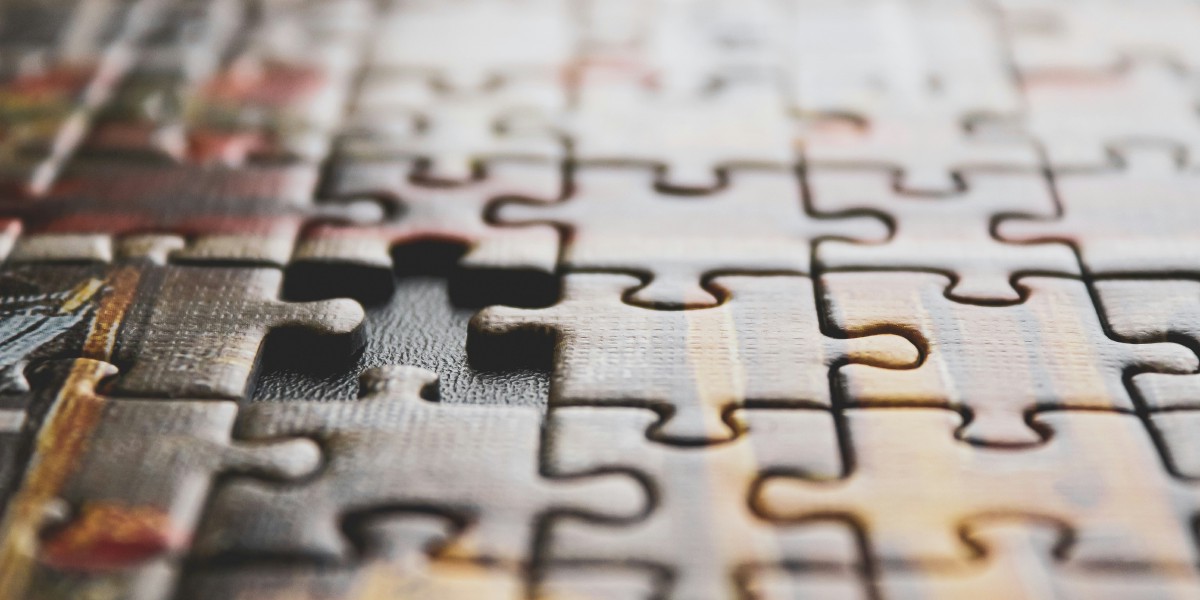
Meet the team: Joe Bandenburg
With Joe Bandenburg
25 March, 2024
The CameraForensics Team

Image forensics has emerged as a critical tool across both the open and dark web, bringing new insights to the investigations that need them most. From preventing modern slavery to identifying and safeguarding victims of online abuse, the strength of intelligence collected by these techniques are often crucial to investigations.
So, how is image forensics helping investigations?
Image forensics can provide users with a wide range of benefits. It can help discern if an image was manipulated, it can reveal other domains where illicit imagery is hosted, and it can even bring new intelligence to light that could drive investigative progress.
Below, we’re looking at these techniques in more detail, understanding how image forensics brings investigators closer to the intelligence that matters, and how our very own image forensics tool is here to help.
Image forensics processes have evolved significantly from their early counterparts, which grew in popularity in the late 1990s and early 2000s. Now, almost a quarter of a century later, techniques are more efficient, accessible, and effective.
As technological innovations paved the way for image sharing, hosting, and modification, the risk of illicit imagery being shared equally became more prevalent. Evolving image forensics tools and techniques to fight back became essential, enabling investigators to keep up with new practices. What began as long and tedious searches that could take investigators days can now be done in minutes, with specialist tools and platforms remaining dedicated to driving positive change.
What’s more, sites like Github (which launched in October 2007) saw the formation of a community of like-minded individuals equipped to make a real difference with open-source software. Experts and platforms around the world continue to leverage this open-source community to integrate innovative capabilities into their tools, bringing new capabilities to the users who need them most.
Interested in learning more? Read our quick guide to image forensics today.
There is a wide range of image forensics techniques that are used by investigators around the world to obtain important insights. Three commonly used techniques are:
Metadata analysis involves meticulously analysing the metadata of a particular image.
This could be data such as the date, time, and location where an image was captured, or it might be more high-quality information; the camera serial number, lens type, and online username all feature here. While some sites intentionally cleanse uploaded images of this valuable data, many sites leave this metadata intact, where it can be used by investigators if needed.
Error level analysis can be used when an investigator wants to identify the parts of an image that have been manipulated. It can pinpoint the specific alterations and showcase how heavily edited an image is. Often, offenders may claim that an image has been modified to include their presence, but error-level analysis provides law enforcement with the means to verify these claims.
Reverse image search allows users to investigate the origins of an image. Employing sophisticated algorithms, investigators can trace back and possibly identify the original source of an image, such as a forum or a social media group. This source may contain new information or valuable context, providing a new line of inquiry and adding a layer of depth to the investigative process.
While the tools that enable these techniques have changed rapidly, the concepts that underly these techniques remain unchanged. Verify the authenticity of images, search them for new information, and locate their original source for further research.
Statistics for 2024 show that online child sexual abuse is increasingly prevalent. The more information, insights, and capabilities that investigators have access to, the more we’re able to fight back.
In WeProtect’s 2023 Global Threat Assessment:
Continuously developed, updated, and improved, the CameraForensics platform stands as a result of collaborative efforts between law enforcement professionals and technology experts. As an online search interface, available via a secure login as well as from air-gapped networks, we’ve designed our range of search tools with the needs of online investigators in mind.
The platform offers a diverse range of connection-making capabilities, using Exif parameters to identify unique cameras. This innovative approach enhances the likelihood of users obtaining relevant images, contributing to higher detection rates within the platform’s expanding database of imagery.
Presently employed by investigators specialising in Internet Crimes Against Children (ICAC), the CameraForensics platform is adaptable, effective, and dedicated to bringing the insights that matter directly to the user.
To learn more, apply for a free trial today.
Image forensics has become a pivotal tool for investigations across both the open and the dark web, offering unparalleled insights to the investigators who need them most. From detecting manipulation to tracing illicit hosting, image forensics techniques bring investigators closer to the vital insights that are needed.
Learn how our image forensics platform – including Exif analysis, advanced filtering, and location search tools - is trusted by leading investigative organisations today.